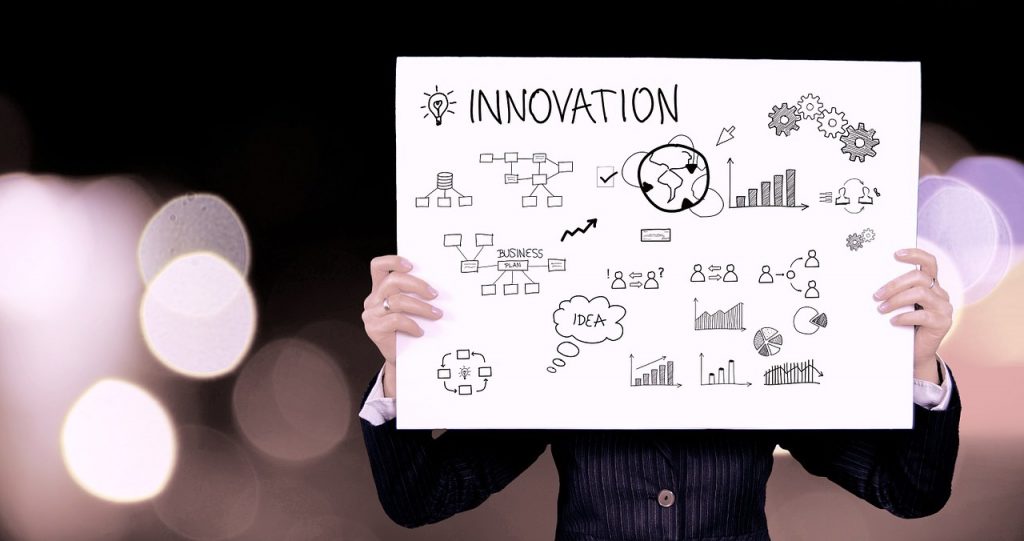Your presentation close is just as important as your introduction. It is oftentimes neglected but is actually crucial because it will be easily recalled by your audience. It is with your introduction that you can catch the audience’s attention but it is with the conclusion that you can leave a lasting impression. Whether you intend to inspire, entertain, inform, or persuade, your closing is your final chance to accomplish your goal, therefore, it is essential to make it impactful.
Never lose this chance by ending abruptly and just saying last lines like “Well, that just about covers it’, “That’s pretty much it, Thank you” or “That’s it, I’m done… These statements are not powerful enough to end your speech. Instead, make sure to close your speech properly and sum up your final points in a clear and direct way. Remember that you may lose the impact of the key points in your presentation if you do not end it properly. Plan your closing statement word for word and write it to achieve that powerful ending. To help you smoothly close your presentation here are 5 effective strategies that you can use.
1. Bookend Close
Bookends are used at the beginning and end of a row of books, whereas with the presentation this applies by using the same opening and closing tool at the beginning and end of your talk. You simply repeat something that you have said from the opening which may be a quote or an anecdote while recapping your whole speech in your closing. This helps the audience to see that you end up where you started thus completes a full circle. You can employ this technique by finishing a story or by answering a question you asked at the beginning of your speech or you may use title close wherein you end with your title.
2. Callback Close
This may look similar to bookend close but differs in a way that with this technique you refer to anything in the body of your speech whereas with bookend, you recall something from the introduction. In this approach, you tie your presentation end to a story that has not been fully completed in the body by presenting its conclusion at the closing of your speech.
3. Repetitive Close
Repeating a phrase or a line is a good way to drive home your main point. To use this strategy you need to find a certain phrase in your presentation then repeat it to close your speech. You may do this through echo close, where you focus on a word that you want to emphasize or Sing Song Close where you will ask your audience to repeat the phrase you have used several times.
4. Movie close
This technique uses a well-known movie as a reference. To ensure that most of your audience is familiar with the line that you will refer to, it may be best to choose a film that is in the English language. These kinds of movies are popular worldwide due to its usage of the global language. Your audience will find it amusing if you are able to inject a line that they are familiar with or may leave them curious if they have not heard it before.
5. Quotation Close
You can end your presentation by using a quotation from a text or from a pronouncement of a notable person. This will help you to succinctly summarize your message. Choose a quote that fits your presentation theme and captures the feeling you want your audience to have. Also, make sure that you choose a quote that has not been heard so often that it has become cliché.
6. Tell a short story / Close With A Story
This technique is used with introduction but can also be used as an effective way to close your presentation. If you have discussed a subject with complex facts and figures, telling a story will help in making these significant ideas clear. This enables your audience to visualize the subject even more. You may also use this strategy if you want your audience to be inspired by sharing a story with a moral and telling them what the moral is.
7. Personal Example
For a deeper audience connection, you may close your presentation by sharing a personal story about your subject. This will not only help you achieve an impactful ending but your story will also become memorable to your listeners. Sharing a personal anecdote may help you to inspire or encourage your audience to try to do different or be better in what they do.
8. Rhetorical Question
A rhetorical question may be asked at any point in your presentation, but asking it at the end of your speech leaves the audience with your question still lingering in their minds. Listeners are generally drawn into thinking about an answer the moment you ask them a question that is provocative or touches a possibly sensitive area of their lives.
9. Contrast
After presenting your main points to your audience, it is also effective to allow them to think about which solution is better for them to pursue. Not pushing your point too much on them can be a subtle way of encouraging them to embrace what you propose. This technique enables you to make them feel that they have the freedom to choose while keeping your suggested option linger in their minds.
10. Challenge close
You may close your presentation by appealing for belief or action. This technique is good for persuasive presentation especially when you have provided recommendations on how your audience can do something about the problems you have presented them. This is also effective when you are inspiring and encouraging them to apply the moral they have learned in your presentation
11. Summary of Major Points
Another great way to end your presentation is by linking the main points to the key message. This is useful for complex presentations and long speeches that are divided into a few specific points. You may do these by briefly listing your key points, one by one, then show their relationship and how they support your main argument. If you do, people will better understand the connection and appreciate your message even more.
12. Humor
If you want to end lightly and make your audience be entertained, then closing with humor is good. You can tell a joke that is related to your subject and repeats the lesson of the main point. This will augment the significant ideas in your speech while closing in a fun way.
When writing your closing, think about the purpose of your presentation. Identifying your goal will help you to design a conclusion that reinforces your purpose while asking your listeners to consider the action you wish them to do. Also, determine the emotion you want them to feel after your presentation then write your closing build toward that feeling. In this way, you are sure that you can close and leave your audience with the way you want them to feel.

